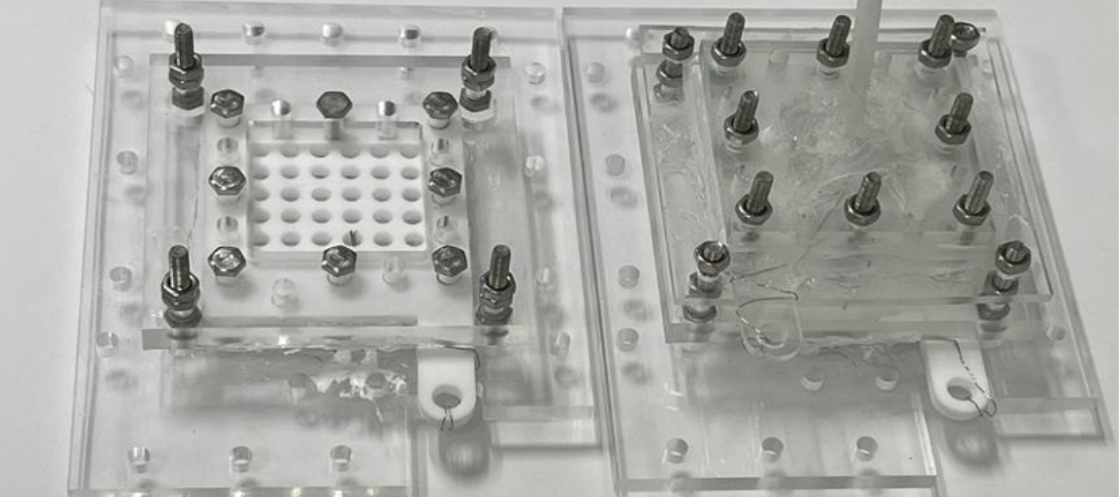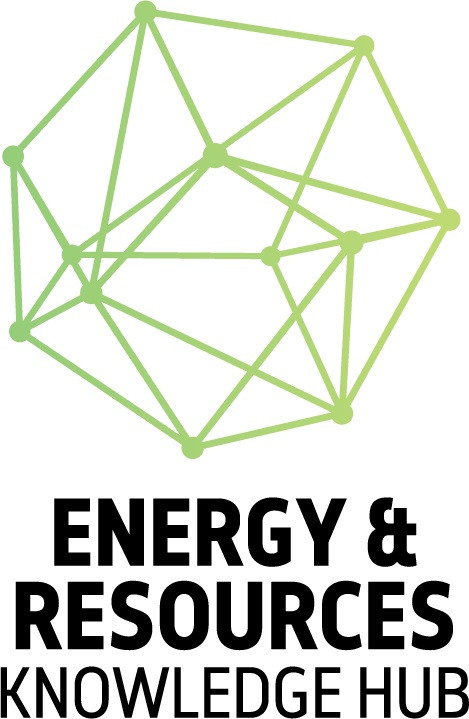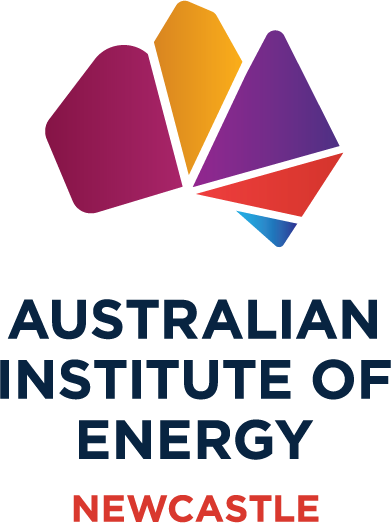Uni of Melbourne researchers make hydrogen from humidity and solar power
The breakthrough opens the possibility of hydrogen creation on sites lacking a fresh water supply.

The electrolysis of water splits the compound into two parts, creating zero emission oxygen, and hydrogen. As such, the promise of hydrogen as an energy source has hitherto been dependent on the availability of a water source.
A research team based at the Clean Energy Lab at the University of Melbourne under the leadership of Senior Lecturer Dr Gang Li, and including scholars from China and the UK, published a paper yesterday in the journal Nature Communications.
Titled 'Hydrogen production from the air', the paper details the design and application of the scalable Direct Air Electrolysis (DAE) module for hydrogen production. The paper explains the DAE module works in "a bone-dry environment with a relative humidity of 4%, overcoming water supply issues and producing green hydrogen sustainably with minimal impact to the environment."
The module uses a hygroscopic material to absorb water from air. The inclusion of electrolytes in the material, and the module design itself means extra power isn't needed to collect the water.
The research team posit that this module, when scaled, could be a significant source of energy in areas lacking a conventional water source, a breakthrough that could remove geographic limitations to the creation and storage of hydrogen.












